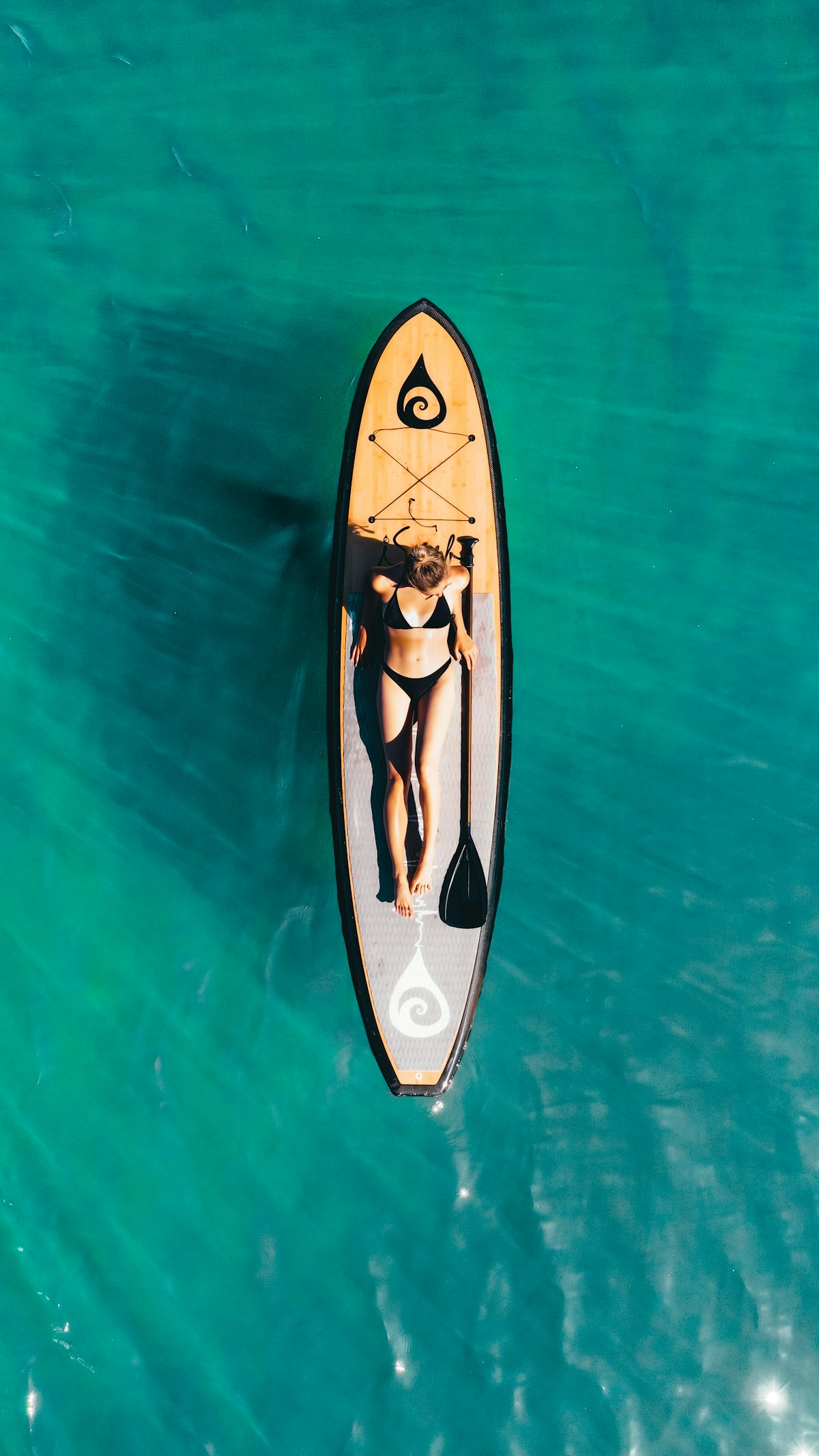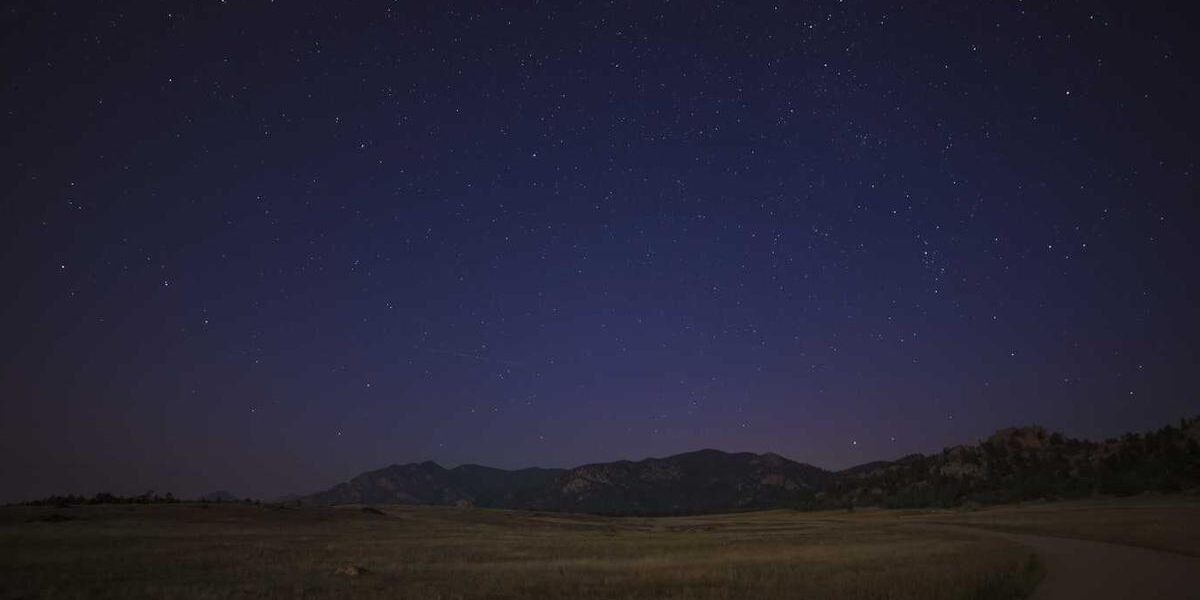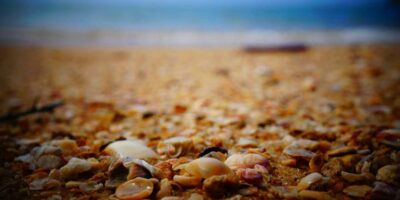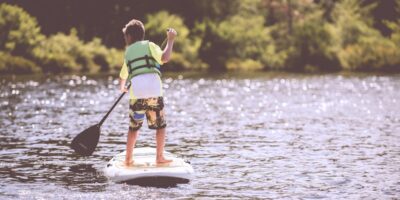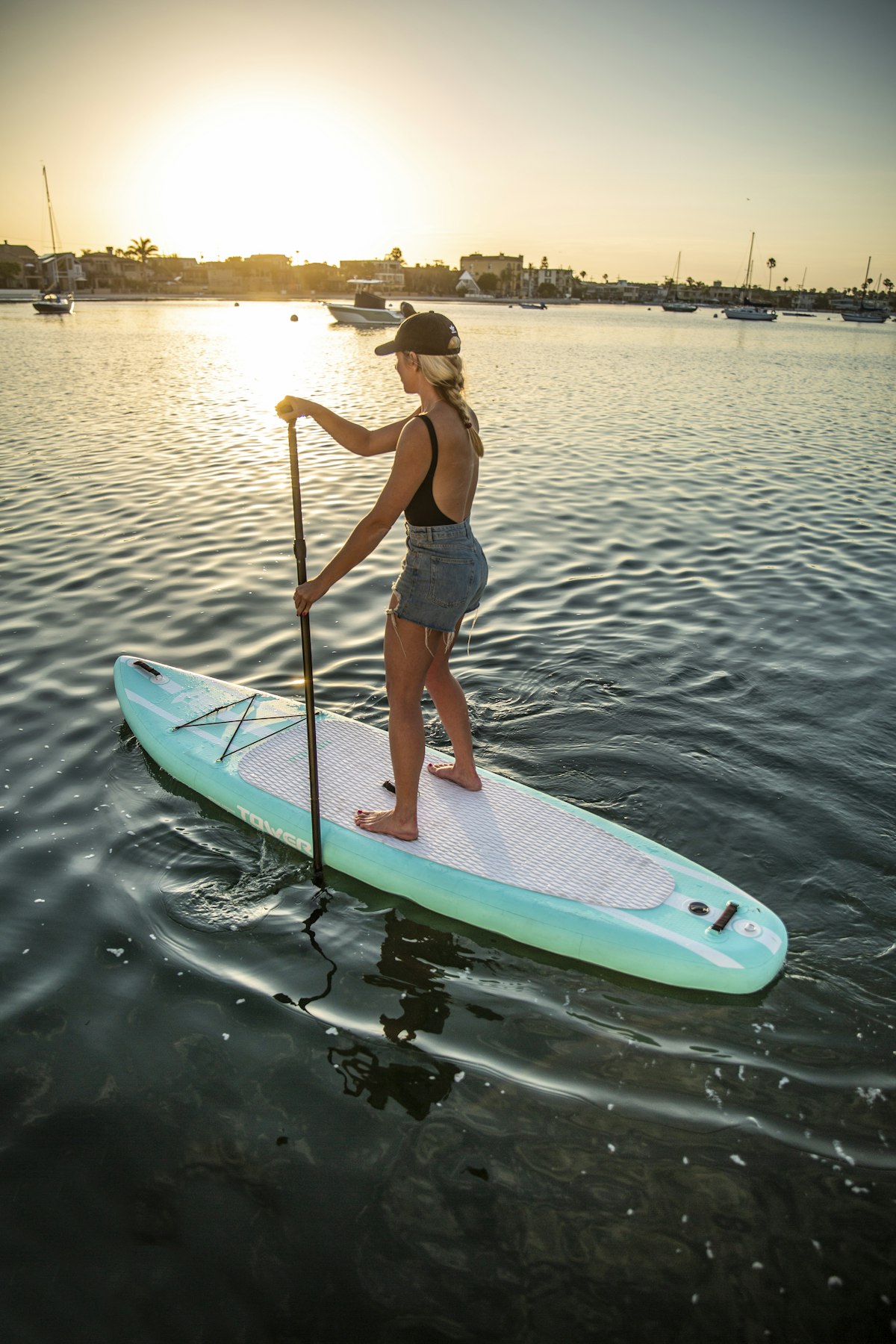
Paddle Boarding in Quiet, Secluded Areas
Paddle Boarding in Quiet, Secluded Areas
Paddle boarding offers a peaceful way to engage with nature. It allows you to explore locations often unreachable by foot or vehicle. For those who seek solitude, there are many lesser-known spots to enjoy this activity.
Choosing the Right Location
Finding quiet, secluded paddle boarding spots often involves a bit of research. National parks with large lakes are prime candidates. Less popular hiking trails that lead to hidden lakes also make excellent choices. Consult maps and local guides to discover these gems.
Use satellite imagery from tools like Google Earth. This can help you identify remote water bodies. Counties often have lesser-known parks with ponds or small lakes. These can serve as excellent paddle boarding sites.
Preparation and Gear
Think about the gear you might need. A lightweight, inflatable paddle board is a great option for remote locations. They are easy to carry and inflate on-site. Don’t forget a quality paddle, a life jacket, and a dry bag for essentials like a cell phone or snacks.
Consider investing in a portable water filtration system. This can be handy if you plan to be out all day. While most lakes and secluded bodies of water appear clean, it’s best to be prepared.
Early Morning Adventures
Paddle boarding in the early morning offers a unique experience. The water is typically calmer. Wildlife is more active and the air is fresh. Arriving before other visitors ensures a peaceful time on the water.
Setting out at dawn also helps avoid the midday sun. A wide-brimmed hat and sunscreen are still essential, even in the early hours. These items protect you from UV rays reflecting off the water.
Listening to Nature
One of the joys of paddle boarding in secluded areas is the opportunity to listen to nature. Birds, insects, and the gentle lapping of water provide a meditative soundscape. Avoid bringing loud devices to maintain this serene environment.
Spend some time floating quietly. You’ll notice more wildlife activity. Fish may swim close to your board, and you might even spot turtles sunbathing on nearby rocks.
Navigating Quiet Waters
Secluded lakes and rivers often have unique layouts. Slow-moving currents and narrow passages can present interesting navigation challenges. Practice turning your board efficiently. This skill is helpful in tight spaces.
If you come across a beaver dam or log jam, navigate carefully around it. These natural features can be hazardous but add to the charm of the environment.
Environmental Impact
It’s important to minimize your impact on these undisturbed locations. Stick to established access points. Avoid trampling native vegetation. Make sure to pack out all trash. Respect local wildlife by keeping a safe distance.
If you encounter any litter, consider picking it up. Each small effort contributes to preserving these pristine areas for future paddlers.
Discovering Secret Spots
Engage with local outdoor communities online. Forums or social media groups often share insights about hidden spots. Make friends with park rangers or locals. They can also steer you towards great paddle boarding locations.
When exploring a new area, stay observant. A small path off a main trail could lead you to a secluded pond or stream. Document these discoveries for future visits or to share with fellow paddle boarding enthusiasts.
Safety Measures
Paddle boarding in remote areas requires sound safety measures. Always inform someone of your plans. Share your intended location and expected return time. Carry a whistle or other signaling device in case of emergency.
Consider bringing a first aid kit. Even minor injuries can become problematic far from help. Navigating quiet, secluded waters safely should always be a priority.
Seasonal Changes
Weather and seasons impact paddle boarding conditions. In spring, snowmelt can raise water levels. This may grant access to otherwise unreachable areas. Summer brings warmer temperatures but also more recreational boaters.
Autumn offers beautiful foliage and quieter waters as crowds dwindle. Winter conditions vary greatly by region. Some places might freeze over, while others remain paddlable year-round. Always check local conditions beforehand.
Paddle Boarding Etiquette
Respecting other paddlers and visitors is crucial. Maintain a reasonable distance from other water users. Avoid loud conversations or playing music, ensuring a peaceful environment for everyone.
If you see another paddler in distress, offer assistance. A strong paddle boarding community fosters safe and enjoyable experiences for all.
Enjoying the Journey
Paddle boarding is as much about the journey as the destination. Take your time exploring. Pause to enjoy the scenery. Each paddle stroke moves you deeper into tranquility.
Embrace the simplicity and peace. Practice mindfulness as you glide across the water. This mindful approach enhances the overall paddle boarding experience.
Documenting Your Experience
Take a waterproof camera along. Capture the beauty of secluded waters and their surroundings. Photographs can serve as personal mementos or inspire others to explore nature responsibly.
Journaling your paddle boarding experiences can also be rewarding. Note details like wildlife encounters, water conditions, and personal reflections. These notes help you track your progress and deepen your connection with nature.
Recommended SUP Gear
GYMMALL Inflatable Paddle Board
Complete SUP package for all skill levels.
FunWater Inflatable SUP
Ultra-light board with all accessories included.
As an Amazon Associate, we earn from qualifying purchases.
